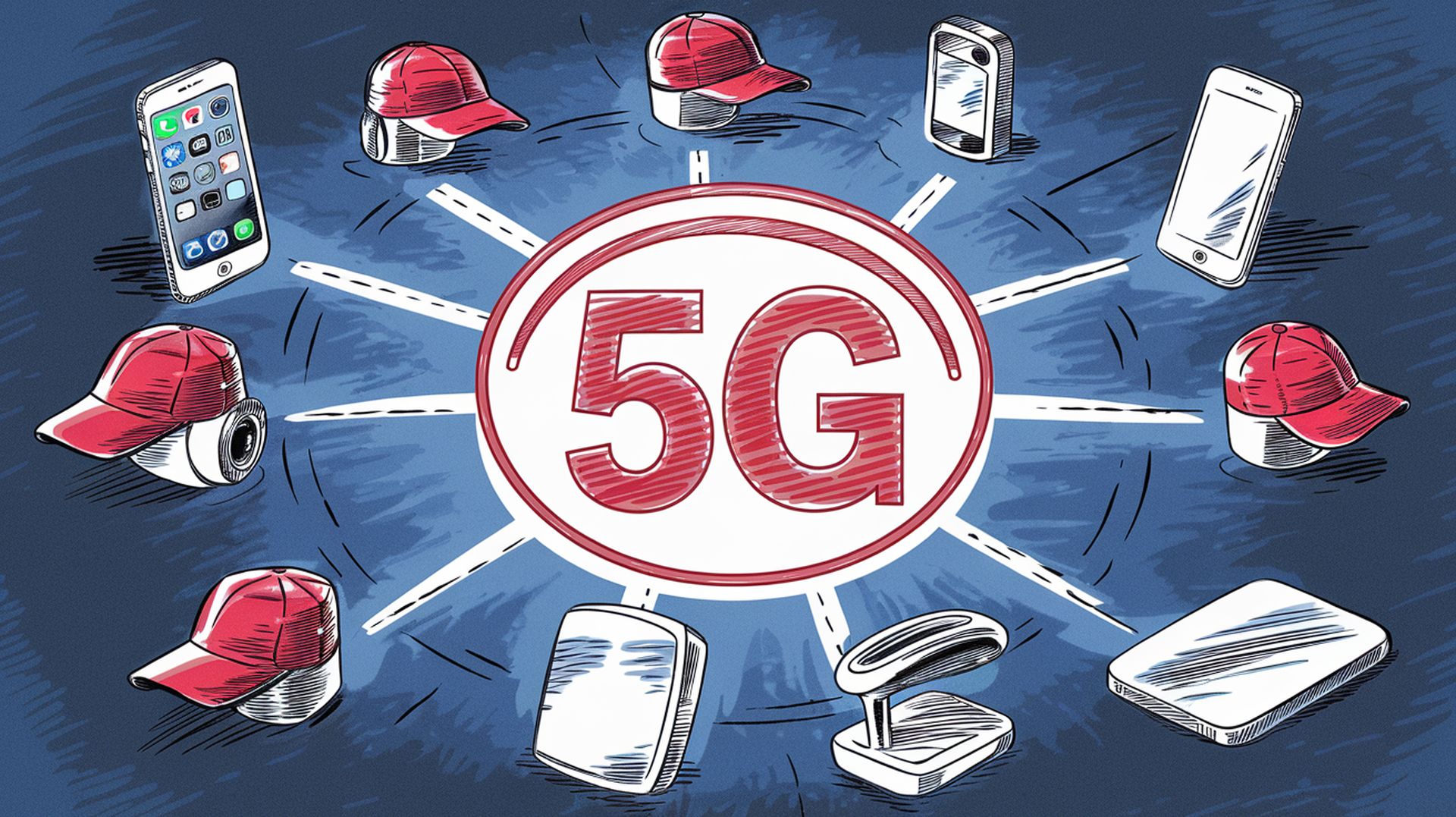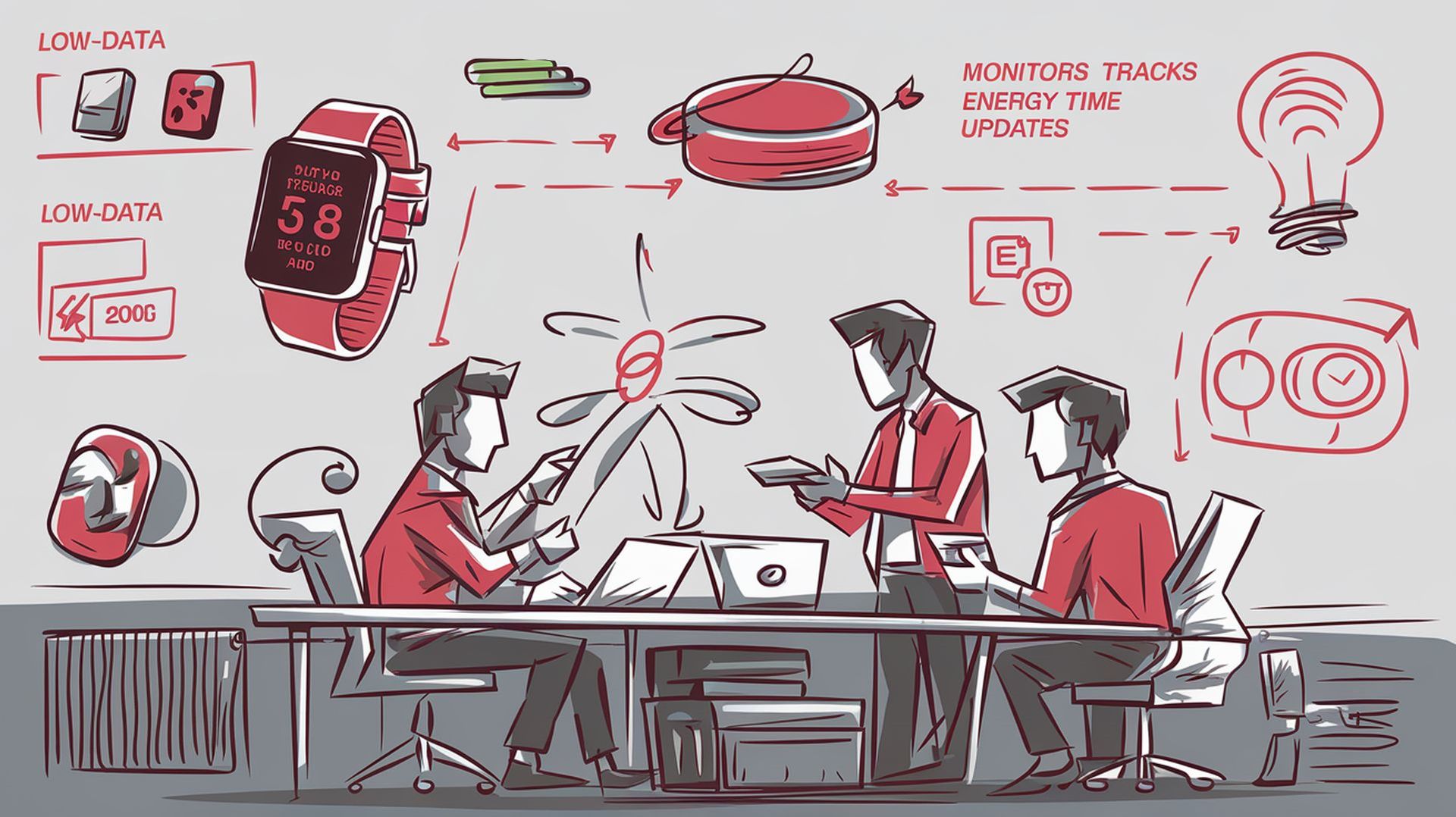How the RedCap API elevates traditional 5G IoT connections?

As 5G continues to change the way devices communicate, a new specification known as RedCap, short for Reduced Capability, is now under the microscope as a key player for lower-powered devices.
Unlike full-scale 5G, which is designed to deliver high bandwidth for data-heavy uses, RedCap is tailored for Internet of Things (IoT) devices such as wearables, sensors, and smart cameras. It offers the benefits of 5G but with reduced complexity, lower power consumption, and greater efficiency—perfect for devices that don’t need the full capabilities of a traditional 5G network.
What is RedCap API?RedCap API is the developer interface that makes it easier to build and manage these low-bandwidth 5G connections. APIs (Application Programming Interfaces) are what developers use to connect applications to external services or hardware.
In this case, RedCap API will allow developers to integrate RedCap-enabled devices with networks, ensuring smooth communication between IoT devices and 5G systems.
 The RedCap API enables developers to connect low-bandwidth devices with 5G networks, optimizing communication for IoT applications
The RedCap API enables developers to connect low-bandwidth devices with 5G networks, optimizing communication for IoT applications
Since RedCap is optimized for low-power, low-data devices, the API is designed with simplicity and efficiency in mind. Developers can use the RedCap API to set up connections for devices like smartwatches, fitness trackers, and smart home sensors that don’t need the full spectrum of 5G power.
It allows these devices to interact with networks without overwhelming them with unnecessary data or energy consumption. The goal is to provide enough connectivity for IoT functions—like monitoring, tracking, or real-time updates—while keeping battery usage low.
With RedCap API, developers can create solutions for devices that must run for long periods without frequent recharges, such as remote sensors or wearables. It brings 5G’s high-quality infrastructure to smaller-scale devices without the extra bulk of data-heavy networks, giving developers more flexibility when building products for the IoT market.
RedCap vs existing technologiesRedCap sits between full 5G and existing IoT standards like LTE-M (Long-Term Evolution for Machines) and NB-IoT (Narrowband IoT). While LTE-M and NB-IoT are already used for low-power, wide-area connections, they don’t have access to the advanced 5G infrastructure that RedCap offers.
RedCap utilizes the modern 5G architecture, meaning it can deliver better performance while still focusing on power efficiency and cost-effectiveness.
Unlocking smart living: 5G’s impact on everyday tech
Traditional 5G is designed for high-speed, high-bandwidth applications—think of things like 4K streaming, cloud gaming, and remote surgery. But for smaller devices, like a fitness tracker or a smart security camera, this level of performance isn’t necessary. RedCap fills the gap by offering enough bandwidth and power to ensure reliable performance while keeping battery consumption low. In contrast, LTE-M and NB-IoT are ideal for more basic, infrequent data transmission but lack the versatility that RedCap brings to devices that require more frequent connectivity.
In essence, RedCap combines the best of both worlds: it offers the advanced infrastructure and network quality of 5G but at a reduced scale that fits the needs of IoT and wearable devices.
5G RedCap trade-offsWhile RedCap delivers many benefits for low-power devices, it does come with some trade-offs to ensure it remains affordable and power-efficient. According to Omdia, several compromises in performance were made to balance cost, complexity, and efficiency.
Fewer antennasRedCap devices can use fewer antennas than standard 5G devices. This not only reduces the overall cost but also simplifies the device design, making it ideal for smaller, low-power IoT devices. However, this also means that these devices won’t achieve the same data transmission speeds as their full-scale 5G counterparts.
Lower maximum bandwidthRedCap devices have a maximum bandwidth of 20 MHz, compared to the 100 MHz or more used by traditional 5G devices. While this limits the amount of data that can be transmitted, it is generally sufficient for most IoT applications, such as remote sensors or fitness trackers, which don’t need constant, high-bandwidth data streams.
Different transmission modeRedCap supports half-duplex frequency division duplex (FDD) transmission, meaning that the device can either send or receive data at one time but cannot do both simultaneously. Standard 5G devices use full-duplex FDD, allowing them to transmit and receive data at the same time.
This trade-off lowers the cost but also limits the performance, which is generally acceptable for devices that don’t need real-time, high-speed communication.
 Telecom operators can integrate RedCap into their networks with software upgrades, leveraging existing 5G infrastructure
Single carrier support
Telecom operators can integrate RedCap into their networks with software upgrades, leveraging existing 5G infrastructure
Single carrier support
RedCap devices do not support carrier aggregation and are limited to single connectivity, only working in 5G standalone (SA) mode. This is yet another compromise aimed at reducing complexity and extending battery life. The simplified carrier support allows RedCap devices to function within a 5G network without the need for additional hardware capabilities.
Extended battery lifeOne of the main benefits of RedCap is the extended battery life. RedCap devices use 5G Power Class 3, which is designed to consume less power, ideal for wearables or remote sensors that need to operate for extended periods without frequent recharging.
Looking aheadAs telecom companies prepare to roll out RedCap-enabled devices, the RedCap API will be an essential tool for developers looking to tap into this next generation of connectivity. The potential applications are vast, spanning healthcare, smart homes, industrial monitoring, and more. With its focus on power efficiency and reduced complexity, RedCap offers a way for businesses to innovate while keeping costs down and maximizing the life of their devices.
For consumers, RedCap could mean longer-lasting wearable devices and smarter, more connected homes. For industries, it offers a streamlined way to deploy IoT solutions at scale. With the RedCap API, the integration of these devices into 5G networks becomes more accessible and efficient, paving the way for the continued growth of the Internet of Things.
As reported by Fierce Networks, telecom giants like AT&T and T-Mobile are preparing to release their first RedCap devices with the support of chipsets like Qualcomm’s Snapdragon X35, and it’s clear that this technology is set to become a cornerstone for connected devices.
Image credits: Emre Çıtak/Ideogram AI
